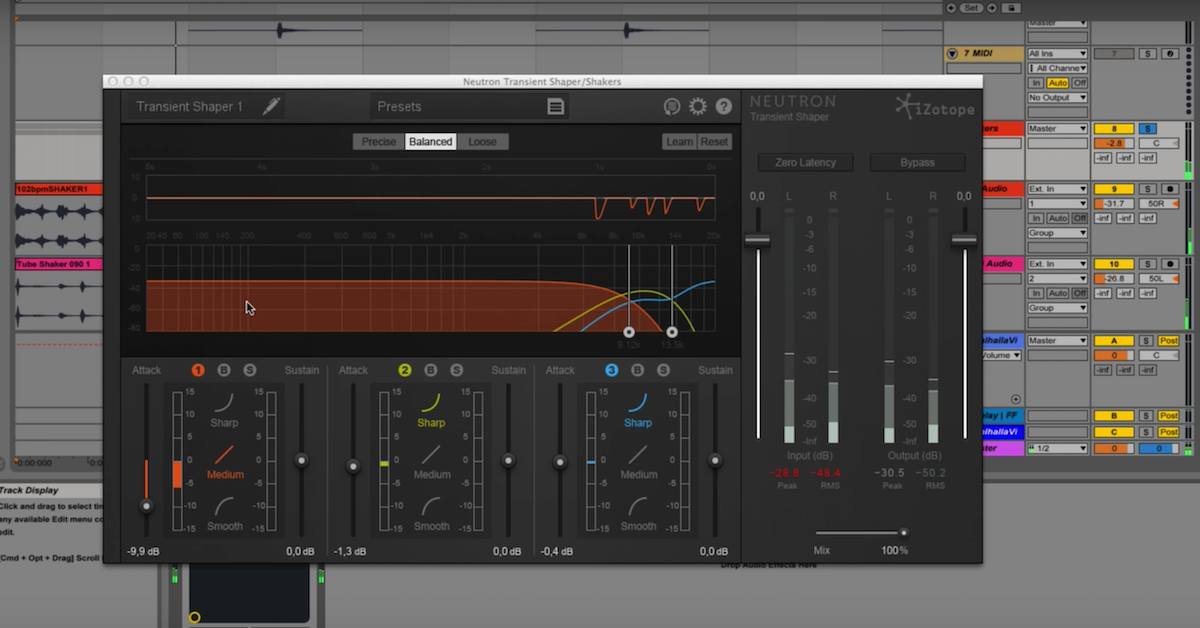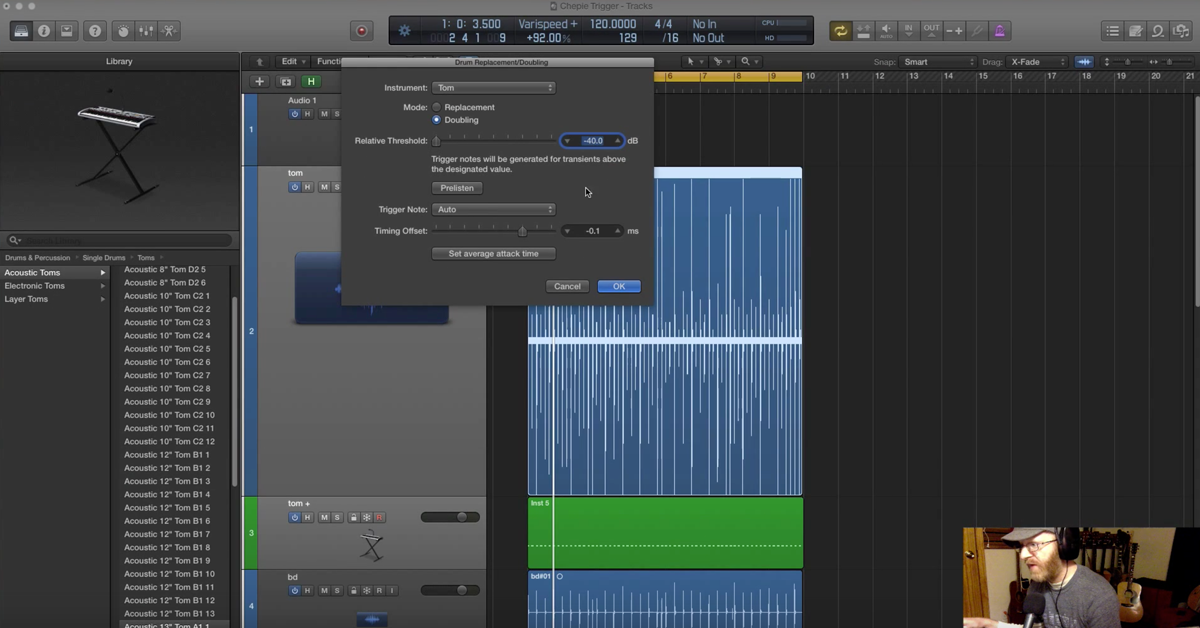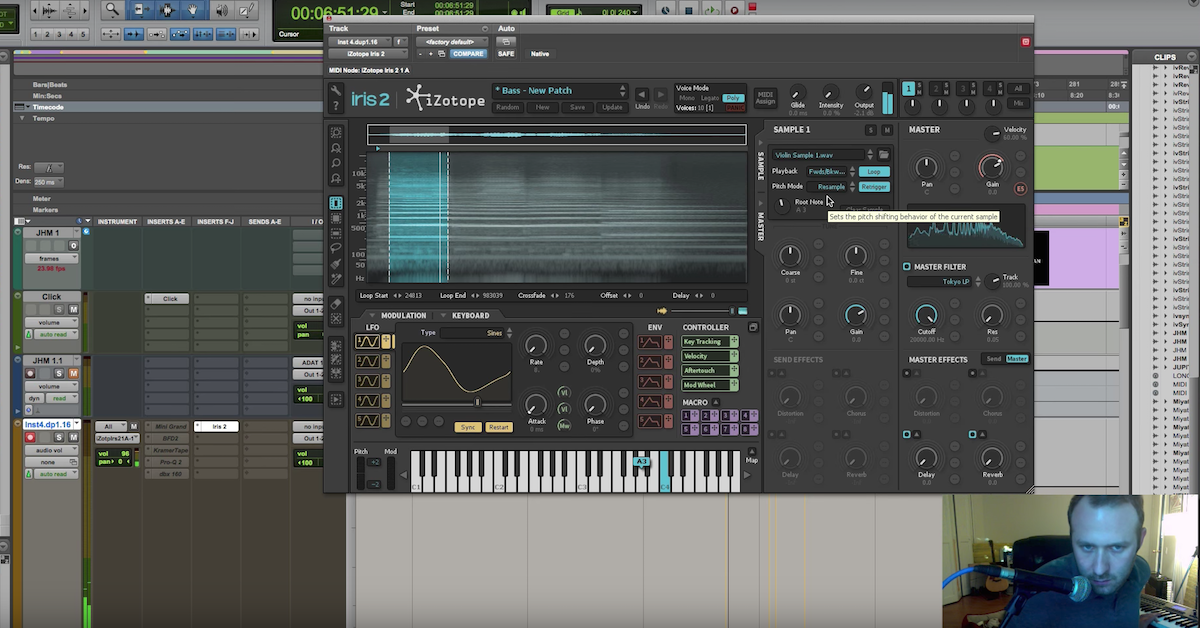MPE: The New MIDI Protocol and the Roli BLOCK
Article Content
MIDI (Musical Instrument Digital Interface) has been around since 1983 and revolutionized the industry by establishing a common language for devices and software across manufacturers. The protocol is maintained by the MMA (MIDI Manufacturers Association) and the official MIDI specifications have been relatively stable since the mid 90’s, setting an example for other industries and demonstrating how establishing common standards can benefit the industry as a whole. The spec has been adjusted to seamlessly integrate new wired and wireless communication paradigms as developments have occurred.
On January 28 of this year, the newest development in MIDI called MPE (MIDI Polyphonic Expression) was adopted by the MMA and represents a major change in the way MIDI can handle the capabilities of the new generation of multidimensional MIDI controllers.
The essence of MPE is the control over note-specific parameters that were once only accessible globally such as pitch bend and vibrato. By temporarily assigning every note to its own MIDI channel, control change and pitch bend messages can be made note-specific. The protocol divides the MIDI channel space into zones to accommodate multitimbral playing.
MPE and Compatibility
Already there are dozens of MPE capable devices and applications available with many more on the way. Below is the current official list from the MMA website:
DAWs:
- Bitwig 8-Track & Studio
- GarageBand macOS
- Logic Pro X
- Reaper
- Steinberg Cubase
- Tracktion Waveform
SOFT SYNTHS:
- Admiral Quality Poly-Ana
- Cycling ’74 Max
- Equator / Equator Player
- FXpansion Strobe2
- KV331 Audio SynthMaster
- Madrona Labs Aalto
- Madrona Labs Kaivo
- MainStage
- Native Instruments Reaktor
- Softube Modular
- Spitfire BT Phobos
- Stagecraft Addiction and Infinity
- Symbolic Sound Kyma
- UVI Falcon
MOBILE APPS:
- NOISE
- Seaboard 5D
- GeoShred
- GarageBand iOS
- Moog Model 15
- AniMoog
HARDWARE SYNTHS:
- Artiphon INSTRUMENT 1
- Audiothingies MicroMonsta
- Axoloti
- Deckard’s Dream
- Endorphin.es Shuttle Control
- Expert Sleepers FH-1
- Futuresonus Parva
- Haken Continuum
- MOD Duo
- Modal Electronics 001 / 002 / 002R
- Modor NF-1 / NF-1m
- Polyend Poly
- Snyderphonics MantaMate
DAWS/SYNTHS (additional set-up required):
- Ableton Live
- Audio Modeling SWAM Engine
- Digital Performer
- FL Studio
- iZotope Iris 2
- Native Instruments Kontakt
- Pro Tools
- Spectrasonics Omnisphere and Trillian
- Studio One
- U-he Diva
- Le Sound Reshape
Playability
The idea of MPE sounds intriguing in theory, but it wasn’t until I got my hands on the Roli Seaboard BLOCK that I understood its full potential.
Roli, founded by Roland Lamb, began with its flagship product the Seaboard GRAND, a 61 keyboard-style device that is characterized by a rubberized surface with raised bumps instead of traditional keys.
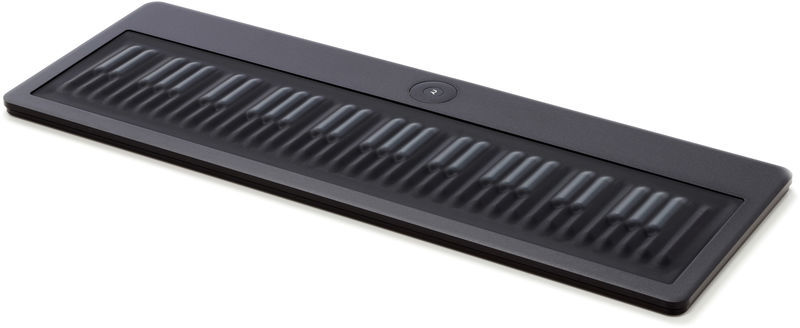
The Seaboard BLOCK is a two octave version that has modular possibilities enabling connectivity with other Roli control surfaces.
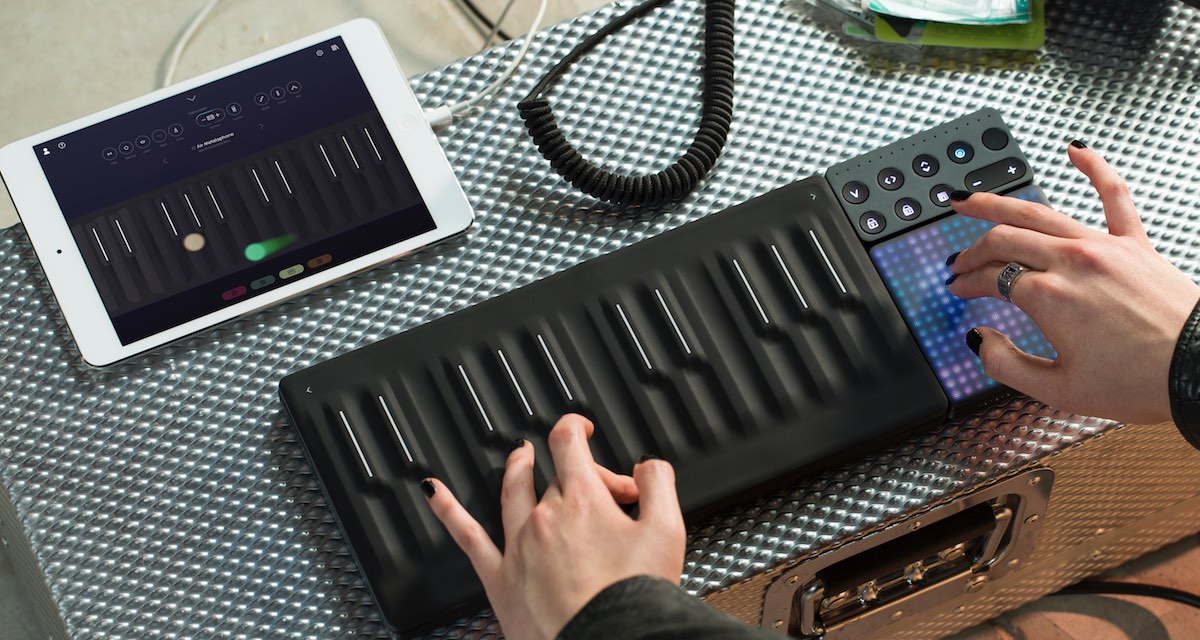
The BLOCK boasts 5D Touch (5 dimensions of touch control) which include:
- Strike — like a drum pad that responds to velocity and note choice
- Glide — move fingers side to side to bend pitch as in vibrato
- Slide — move fingers up and down to modulate various parameters of the sound as with CC
- Press — like aftertouch, varying various degrees of pressure can be used to affect parameters
- Lift — use note off messages to affect parameters
Playing this instrument naturally invites the user to apply varying degrees of pressure as well as to move from side to side and up and down. The device has a unique tactility that distinguishes it from traditional keyboard surfaces. Although many keyboards have aftertouch capability, I have never found it particularly satisfying and playability is largely dependent on the stiffness of the after touch sensors, which can varying greatly across manufacturers. With the Roli, there seems to be just the right amount of resistance to facilitate musicality and the fact that you can apply side to side and up and down motion at the same time is the real game changer.
Roli offers MPE capable software of its own including Equator, Strobe and its iOS app called NOISE which are optimized for the new protocol.
Connecting the BLOCK to any MPE capable software (via USB or Bluetooth) is sure to inspire new ways of thinking and performing, bringing the world of MIDI even closer to expressiveness and physicality acoustic instrumentalists enjoy.
Before long you’ll be hard pressed to find any piece of software or hardware that is not MPE capable, but until then it is definitely a feature that should be at the top of your wish list.
The Roli BLOCK at just $299 is a great entry level product to experience the world of MPE.
SOURCES:
https://www.midi.org/articles/midi-polyphonic-expression-mpe
https://en.wikipedia.org/wiki/MIDI
Check out my other articles, reviews and interviews
Follow me on Twitter / Instagram / YouTube



